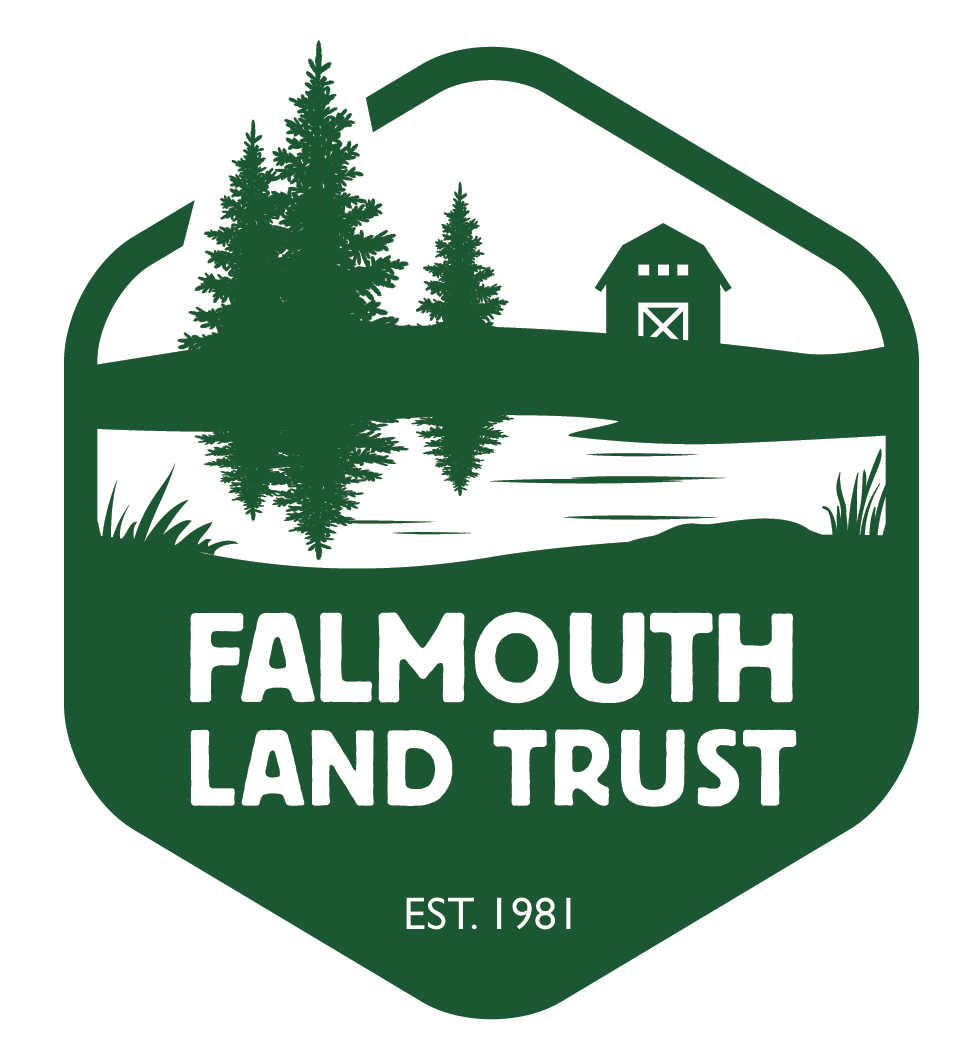Barberry
Barberry Identification
Barberry Leaves in Falmouth, Maine.
Barberry shrubs grow up to 6’ tall and wide, and are best characterized by their pale yellow flowers that bloom in May, and by red berries that ripen by late summer and last through the winter. Barberry branches grow expansively and horizontally, resulting in an incredibly dense shrub. Barberry can be most characterized by their sharply-pointed spines that grow where individual leaves attach to the woody stem of the plants. These spines last throughout the year, and make Barberry distinct, especially in wintertime when the invasive is without its leaves. The invasive thrives mostly in direct sunlight, but will also grow in a variety of locations including forests, fields, and developed areas. Barberry reproduces by seed, and is often spread by native mammals and birds. It has been shown to harbor more ticks than other plants in New England.
Barberry Removal
Barberry shrubs growing in Falmouth, Maine in early summer.
The best removal strategy is to cut stems low to the ground and spot treat with herbicides. Barberry can sprout from its own segmented roots, so removing as much of the root as possible is recommended. Wearing gloves, long sleeves, and thick pants, is crucial to Barberry Removal, as sharp thorns along the spine of the plant can inflict damage.
More Info
For more info in Barberry identification and removal, visit this Maine.gov site.


